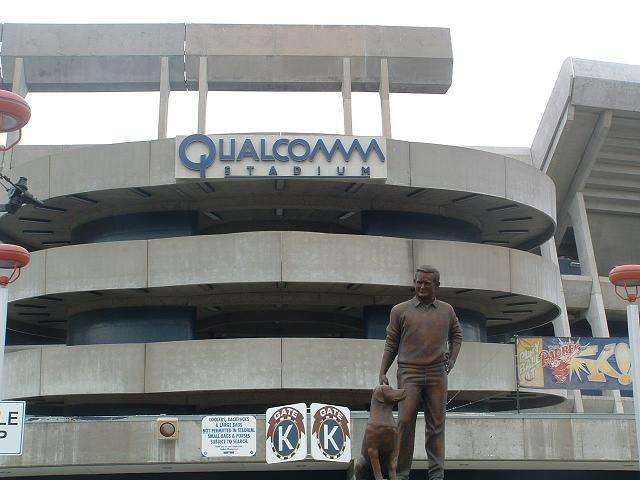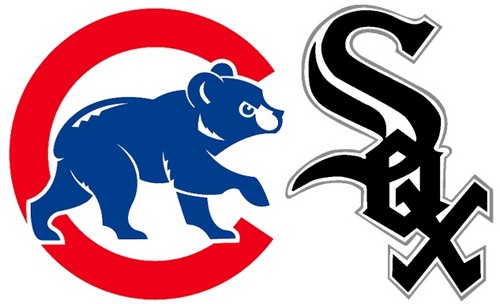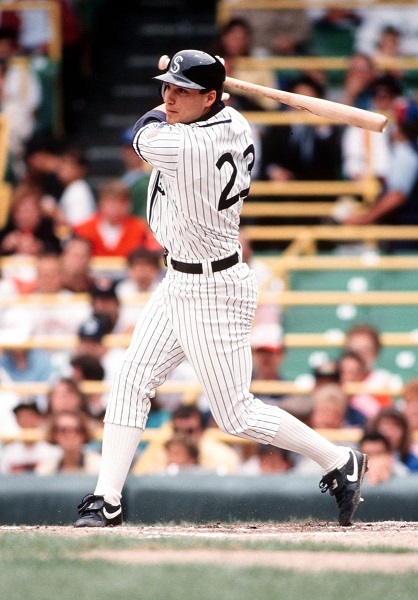 As pitchers and catchers start reporting across Arizona and Florida, we continue our tour of all of the baseball stadiums I’ve been to over the years. This week, we travel to southern California for the baseball homes of the San Diego Padres. Between the two stadiums that have been located in the paradise that is San Diego, I’ve seen four games. So, without further ado, let’s take a deeper look at my history with Qualcomm Stadium and PETCO Park.
As pitchers and catchers start reporting across Arizona and Florida, we continue our tour of all of the baseball stadiums I’ve been to over the years. This week, we travel to southern California for the baseball homes of the San Diego Padres. Between the two stadiums that have been located in the paradise that is San Diego, I’ve seen four games. So, without further ado, let’s take a deeper look at my history with Qualcomm Stadium and PETCO Park.
Stadium Name: Jack Murphy Stadium/Qualcomm Stadium
Years in Service: 1969 – 2003
Visits: 1
San Diego Stadium opened on August 20, 1967, as the home of the AFL’s Chargers and opened for baseball the following spring for the final season of the minor league San Diego Padres. The following season, San Diego’s expansion team, also named the Padres, moved in and stayed as the main tenants until the end of the 2003 season. The stadium was renamed in 1980 for local sportswriter Jack Murphy, who had championed support for the building of the stadium, after he passed away. That name stuck until 1997, when the naming rights were sold to technology company Qualcomm.
In 2003, I was in San Diego for what, to date, was my 3rd and final Comic Con. On the afternoon of July 17, I skipped out on the con and took the trolley out to Mission Valley to take in the day’s contest between the Padres and the Diamondbacks. I don’t remember much about the game, which the Diamondbacks won handedly 9-1, other than Curt Schilling taking the bump for the Dbacks. The park, one of the last remaining cookie cutter stadiums that popped up in the late 60s and early 70s and designed to house both baseball and football teams while doing service to neither, did not really register one way or the other and holds no particular space in my memory. I do seem to remember a giant outdoor escalator, but that might have been Candlestick.
Years in Service: 2004 – Present
Visits: 3
After 35 seasons at the Murph, the Padres moved downtown in 2004 with the opening of PETCO Park. The new stadium was initially supposed to open for the 2002 season, but legal battles and political tomfoolery delayed the project for two years. The first event held at PETCO Park was an NCAA invitational tournament hosted by San Diego State University, whose head coach was former Padres great Tony Gwynn. The Padres themselves christened the stadium on April 8 with a 10-inning victory over the Giants.
With the Cubs, coming off their surprising run towards the NL title in 2003, scheduled for a weekend series at the newly opened PETCO Park in the middle of May in 2004, a trip out to the coast was in order. The Cubs swept the three-game series against the Padres, and a tremendous weekend was had. The new park was a vast improvement over the old Jack Murphy. I had a return trip planned in the spring of 2020, but COVID had other plans.







